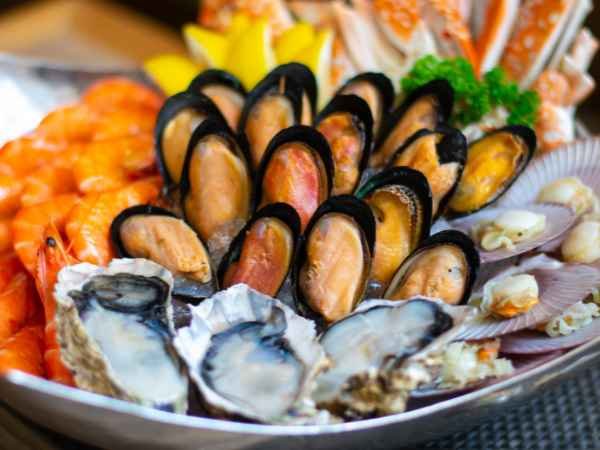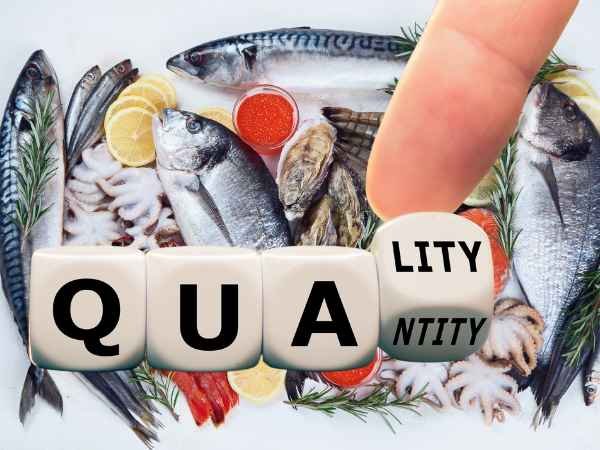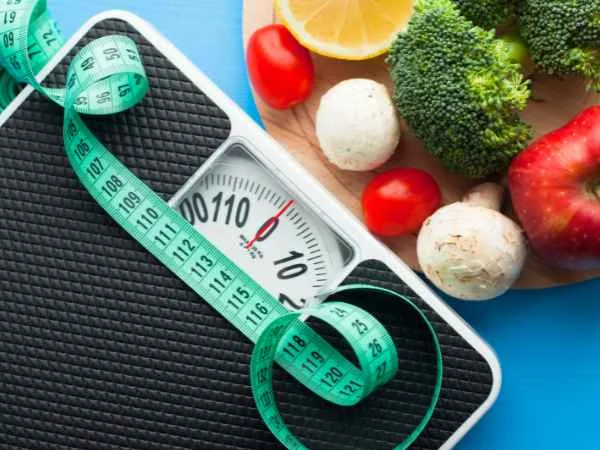What is the Best meal Food for Diabetics?
Diabetes is one of the long-term medical conditions that many people around the world suffer from today. It is recorded by the World Health Organization that the people who would fall into the diabetes category today would be about 422 million. By 2045, that number is expected to become 700 million. It is a disease that is related to the body’s inability to produce and respond to insulin. As a result, glucose levels in the blood rise massively. Controlling diabetes mainly requires thought-out, well-planned diets which play a vital role. Seafood in diabetes can be good as it is mostly protein and healthy fats, which help in controlling sugar levels.
Seafood is one of those foods that is up there in any discussion of nutrition. But: Can Diabetics Eat Fish Seafood Even so, how to fit Fish seafood into a diabetes-friendly diet without making blood sugar soar? This article is all about how seafood and diabetes can relate scientifically, factually, and by best practices in using seafood in a diabetic diet.

Is Seafood good to eat for Diabetics?
Seafood is believed to be safe and beneficial for diabetics in moderation because of its rich source of nutrients such as high-quality protein, omega-3 fatty acids, vitamins, and minerals that could favorably affect blood sugar levels and health.
Why Seafood is Safe for Diabetics?
Low in Carbohydrates: It has been proven to be safe for diabetics to consume seafood because it contains low carbohydrates. Consequently, seafood particularly fish and shellfish has low carbohydrates that do not greatly affect in any way the blood glucose levels directly. Therefore, it is one protein majorly consumed by patients since people with this condition of diabetes are always lively about taking carbohydrates. Therefore, Integrating Seafood in diabetes helps you keep the blood sugar level stable while providing the necessary nutrients needed by the body.
Oily Fish Provide the Highest Sources of Omega-3 Fatty Acids: Fatty fishes such as sardines, salmon, and mackerel would be the richest sources of omega-3 fatty acids. As per studies, it can be concluded that omega-3s alleviate inflammation and improve insulin sensitivity; these could be two main factors contributing to effective diabetes management. Furthermore, recent literature from the American Journal of Clinical Nutrition has suggested that omega-3 fatty acids act as reducers for type 2 diabetes risk and cardiovascular disease risk; this is important because diabetes patients usually carry a high risk of heart disease.
Protein for Blood Sugar Control: Amazingly, seafood is rich in protein and aids well in regulating the blood sugars in one’s body. For instance, it can reduce the soaring and crashing of blood sugar levels. This is because protein usually slows the digestion and absorption of carbohydrates thereby causing an increasing level of blood glucose gradually after the mean consumption.

Low Glycemic Index: Glycemic index (GI) shows how fast food can raise the mean glucose levels in the blood. Generally low in GS, seafood does not hurry up or increase blood sugar. This may not be so beneficial when needing to avoid postprandial blood sugar increases due to diabetes.
Studies Have Said:
A research studied the effect of seafood on glycemic control in diabetic patients. It revealed the potential benefit of eating fish regularly in lowering blood glucose and, therefore, controlling the condition.
Situations Where Seafood May Not Be Best for Diabetics
On the one hand, certain seafood items can prove beneficial for a diabetic patient; on the other hand, there have been certain conditions when seafood actually becomes a non-ideal choice:
High-seafood Options with Sodium
There are some seafood varieties in particular, such as processed or canned fish, which may contain quite a little salt. Excessive intake of sodium goes hand in hand with hypertension. This is serious for a diabetic. It is always advisable for dieters to avoid or limit the consumption of canned, salted, or processed seafood like anchovies, sardines, and smoked salmon. Some of them, particularly processed and canned types of fish, have a high sodium rating. Such high sodium intake always leads to hypertension. This is a very serious thing for a diabetic since the incidence of hypertensive complications is generally higher in them than in a non-diabetic once. A diabetic will, therefore, need to strictly avoid or exercise high restraint on consumption of such canned, salted, or processed seafood, like anchovies, sardines, or smoked-than-smoked salmon.
Seafood is deep-fried
All seafood, such as shrimp, catfish, and calamari, would be good when baked, grilled, or steamed, but deep-fried seafood is generally swimming in oils and unhealthy fats. It causes resistance to insulin and leads to increased weight gain not so much a good thing in the overall management of diabetes. Fried foods should not be included in the eating plan of a diabetic person. Including Seafood in diabetes diets; for instance, fish like salmon and mackerel could improve sensitivity to insulin and lower the risk of heart disease.
Mercury Content in Some Fishes
Some especially the large ones, such as shark, swordfish, and king mackerel-store high levels of mercury. Mercury raises oxidative stress and inflammation high enough to worsen some complications of diabetes. Thus, diabetics are advised to refrain from eating or reducing intake to be free from mercury exposure through these fishes.
How Seafood Helps to Balance the GI Index with Spikes in Insulin?
Seafoods are very beneficial to the balancing of Glycemic Index (GI) as well as spikes in insulin due to their low carbohydrate content, a high protein profile, and healthy fats especially omegas-3 fatty acids.
Low G.I. Foods in Diabetic Diet: Low GI foods are digested and absorbed slowly, which in turn translates into a more gradual rise in blood sugar and not a roller coaster-like sharp spike. Seafood, more importantly, fish and shellfish have a GI of zero, meaning they do not impact blood-glucose levels as their higher counterparts, for example, bread and pasta.
Protein’s Contribution to Insulin Sensitivity: Seafood is an excellent way to balance diets in the regulation of insulin levels through insulin sensitivity. Fish require a lot less insulin since they tend to slow release glucose into the bloodstream.
Also More: High-Sugar Fruits to Avoid: A Diabetes-Friendly Fruits Guide
Fatty Acids Omega 3 and Insulin Resistance: Currently, omega-3 fatty acid, has a central role in decreasing the levels of insulin resistance which is one of the greatest problems associated with type 2 diabetes. Seafood rich in omega-3s prepares the body to use insulin properly due to an improvement in insulin sensitivity which gives room for blood sugar control.
Seafood Quantity for Diabetics: How Much is Safe?While seafood is generally safe for diabetics, moderation is key. Here’s a breakdown of recommended portions for diabetics:
Portion Control Table for Seafood in Diabetes
Sample Diabetes Diet Plan with SeafoodHere’s a simple one-day meal plan incorporating seafood for diabetics:
This plan provides a balance of lean protein, healthy fats, and fiber while keeping carbohydrates in check. |

Conclusion:
Seafood for diabetes should also be taken a moderate intake; low salt, grilled, or baked should be featured in them-anything healthy that does not clog fats and salt. Seafood can be indeed healthy and safe for diabetics while providing health benefits like protein of high quality, omega-3 fatty acids, and many thousands of essential nutrients. However, it also requires moderation, particularly for patients with high blood pressure or those who practice processed seafood consumption. Through portion control and healthy preparation methods, seafood can be matched readily to diabetes-friendly food that keeps blood sugar as balanced as possible while maintaining health overall.
The introduction of seafood, including fatty fish such as salmon, mackerel, and sardines, into a diabetic diet may enhance insulin sensitivity, control inflammation, and reduce the risk of cardiovascular diseases, which are very different for individuals with diabetes. The aim is to opt for fresh, low-sodium selections rather than deep-fried or otherwise highly processed.


